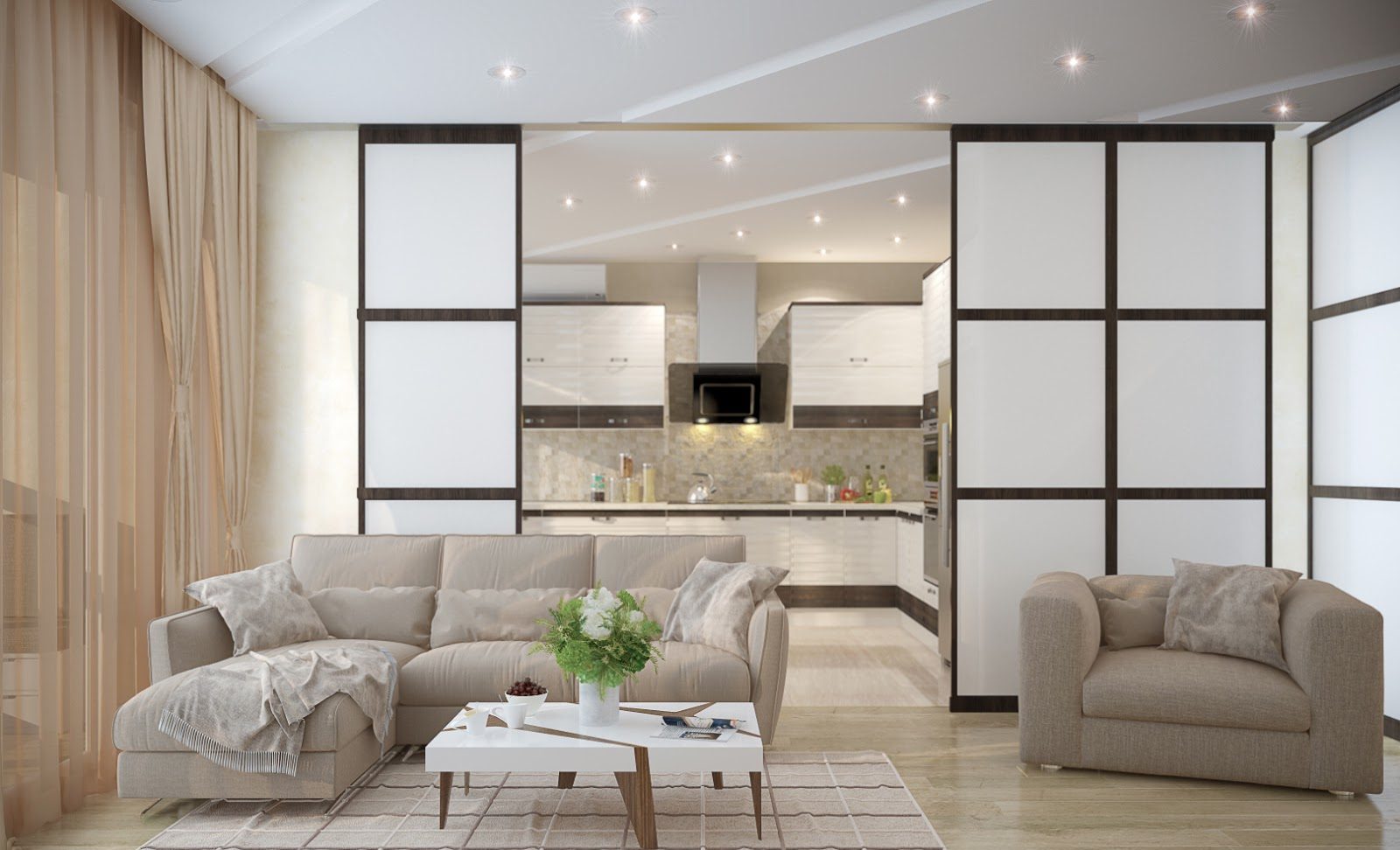Courage without prudence: gas in the kitchen-living room
Combining a kitchen and a living room is a common and almost universal situation. The reason is the small area of the rooms, and such redevelopment expands the space (albeit slightly, but still!).
But if you look at SNIPs, which were created specifically for the safety of citizens, you can understand that the absence of a partition between the living room and the kitchen, where the gas stove is located, is not only dangerous, but also prohibited.
However, there are solutions that help coordinate and legitimize all possible redevelopments.
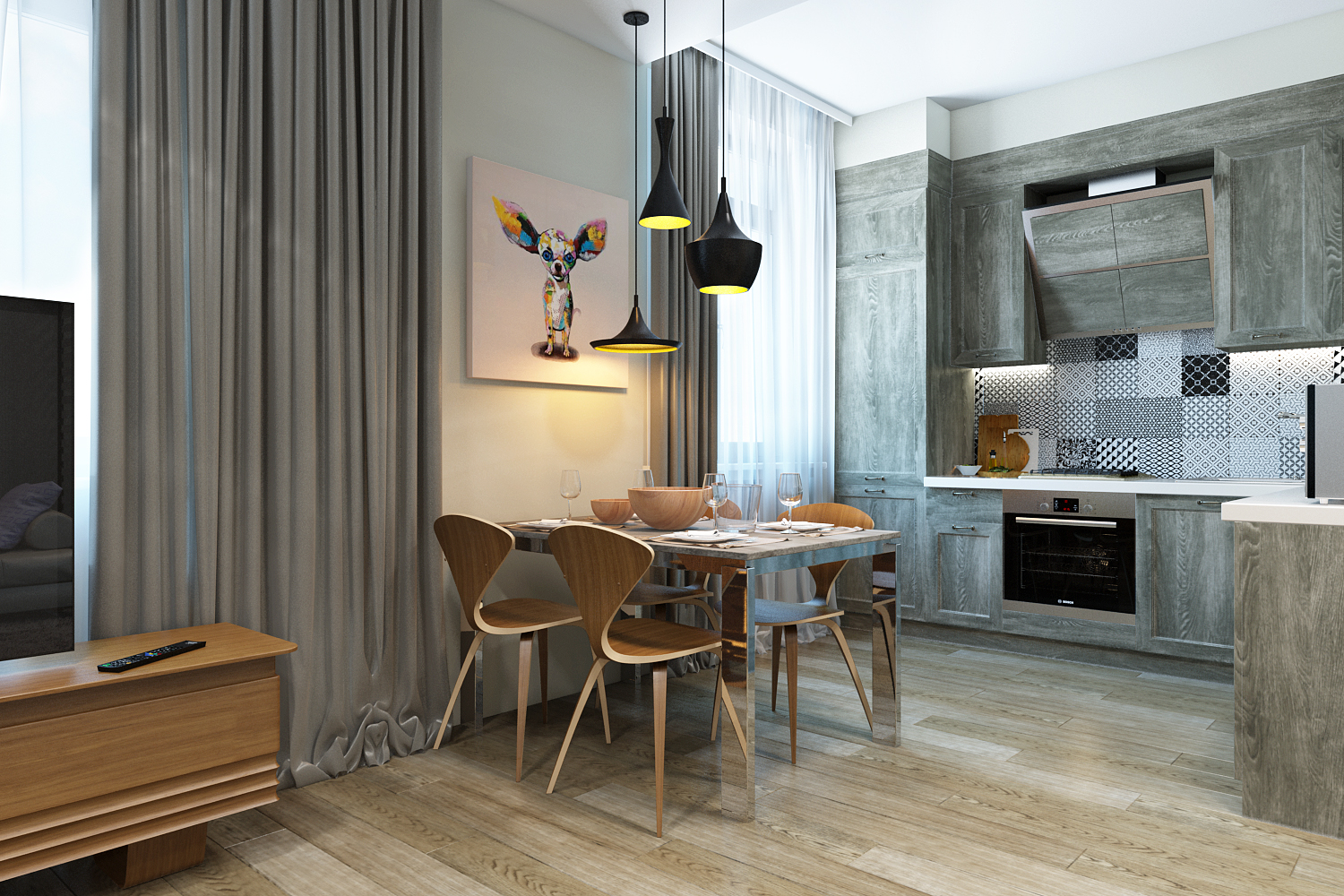
The content of the article
Why is a partition needed?
The wall between the living room and the gasified kitchen in many homes was invented for a reason. It is intended for two dangerous situations:
- in the event of a gas leak, it will not flow into other rooms;
- if an explosion occurs, the shock wave will hit the window, and not the main walls.
In the second case, maximum insulation of the kitchen will save the lives of the apartment residents. Injuries, unfortunately, cannot be ruled out, but the risk of them may be minimal.
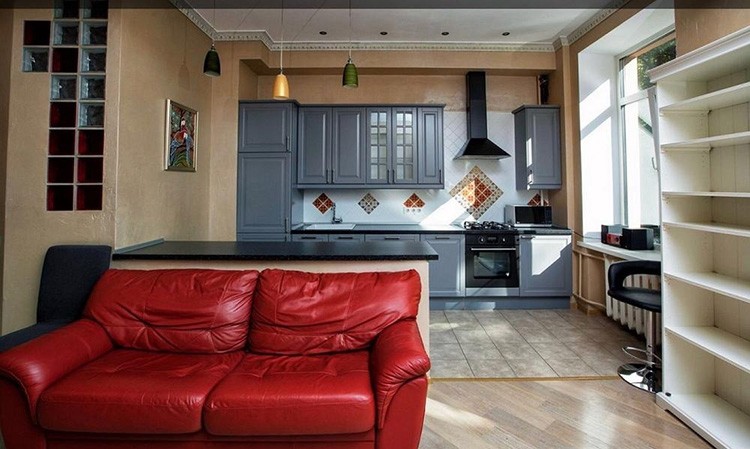
Is it still possible to demolish it?
If the kitchen is gasified, then, according to the requirements and rules, there must be a partition, and in addition to it, there must also be a tightly closing door. And what’s interesting is that there is not a single clear phrase that would prohibit removing this very door. Such circumstances have been causing a lot of controversy for a long time, since you will not find such a clause in SNiPs.Therefore, this nuance can still be attributed to recommendations rather than strict requirements.
Another interesting situation. According to the same rules, in Khrushchev-era apartment buildings it is prohibited to install a stove with more than 3 burners. Such models are found, but usually they are 4-burner panels, and sometimes 5. It seems like a taboo, but for some reason gas workers during inspections are silent about this and do not attach much importance to the situation.
So what to do if you really want to combine the living room with the kitchen, and there’s a gas stove (and God forbid there’s also a water heater)? There is a way out, but all aspects still require approval.
If the wall is load-bearing, then you will not receive approval for its demolition! At least not in this life.
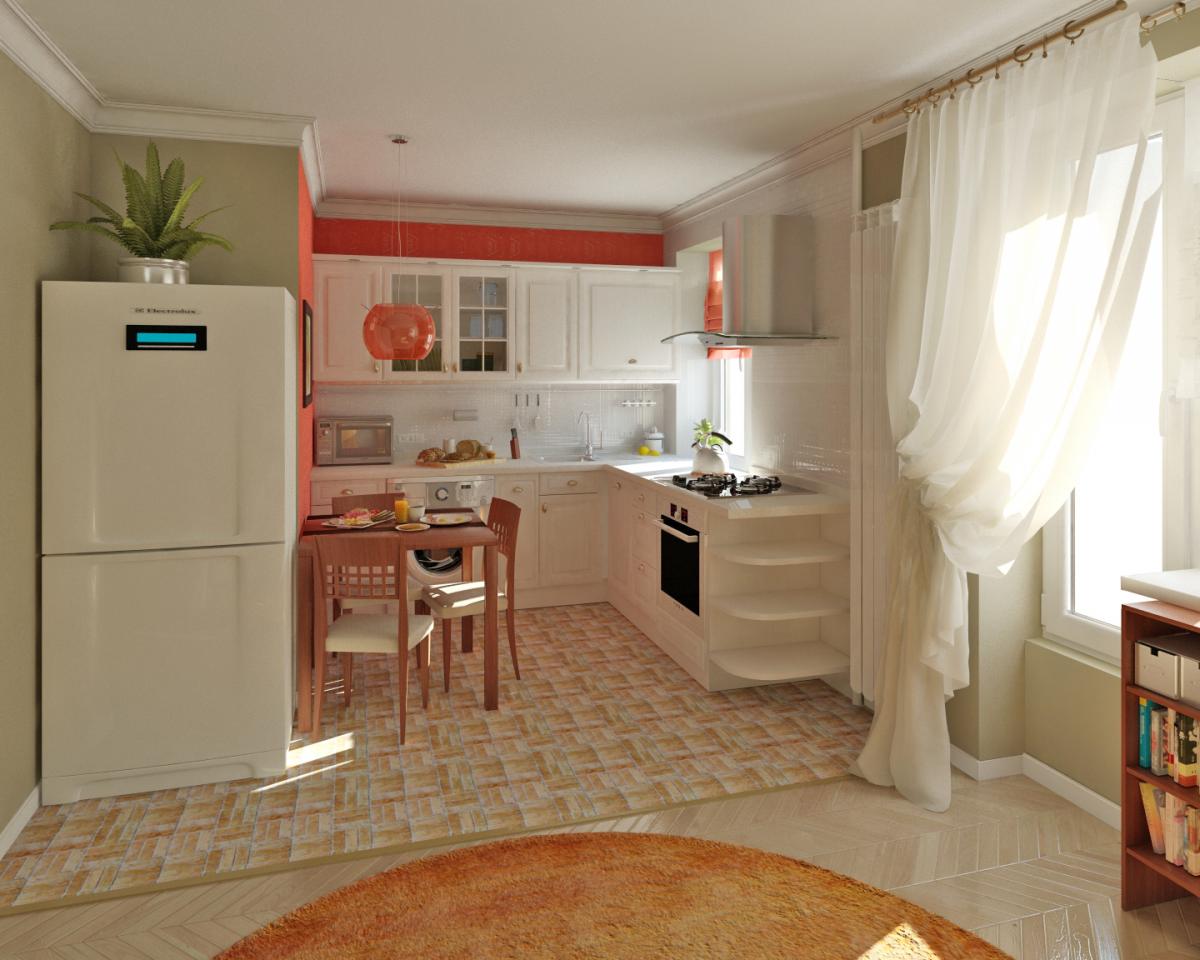
Examples of legal and possible solutions
Before you make a decision and combine both rooms, you should still think carefully. Perhaps leaving the layout in its original form is the best option, which is also safer!
Change the stove to an electric one
This solution is considered optimal, but not everything is so simple here. Electrical power in small apartments is usually small, and therefore replacement with an electric stove is practically impossible. In addition, the refusal of gas will also have to be agreed upon with energy supply and gas companies. And this means additional finances, time, nerves and a lot of paperwork.
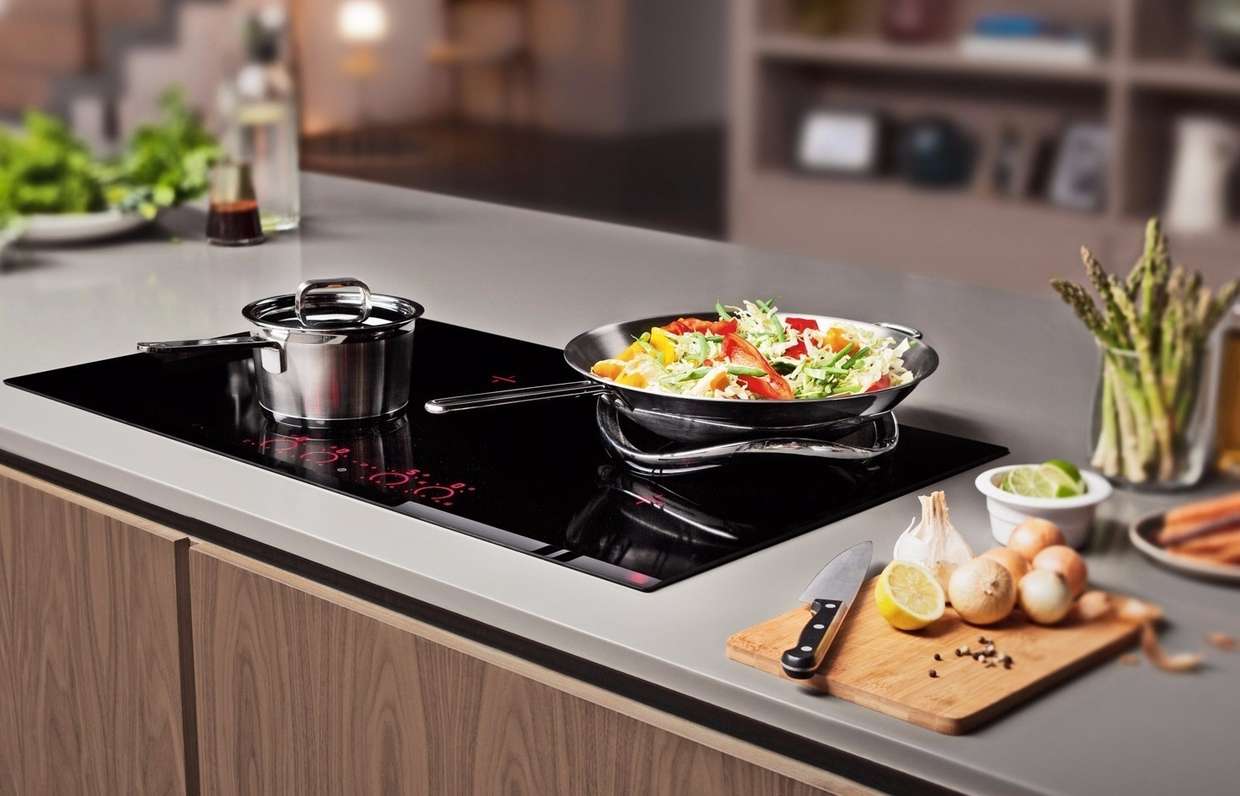
Install a sliding door
You can coordinate and get approval for combining the living room and kitchen if you include a partition in the plan. This could be a glass/wood sliding door.
Previously, many used a trick and installed a simple curtain, which was then removed, but now this option will not pass approval.
In panel houses, the wall between the kitchen and living room is usually load-bearing.It is strictly forbidden to demolish it completely, but it is allowed to make a small opening, no more than 0.9 m wide.
For two or more room apartments, the living room should be designated as a non-residential premises for permission. Then you won’t even need a curtain. But doors to other rooms must be present and closed tightly.
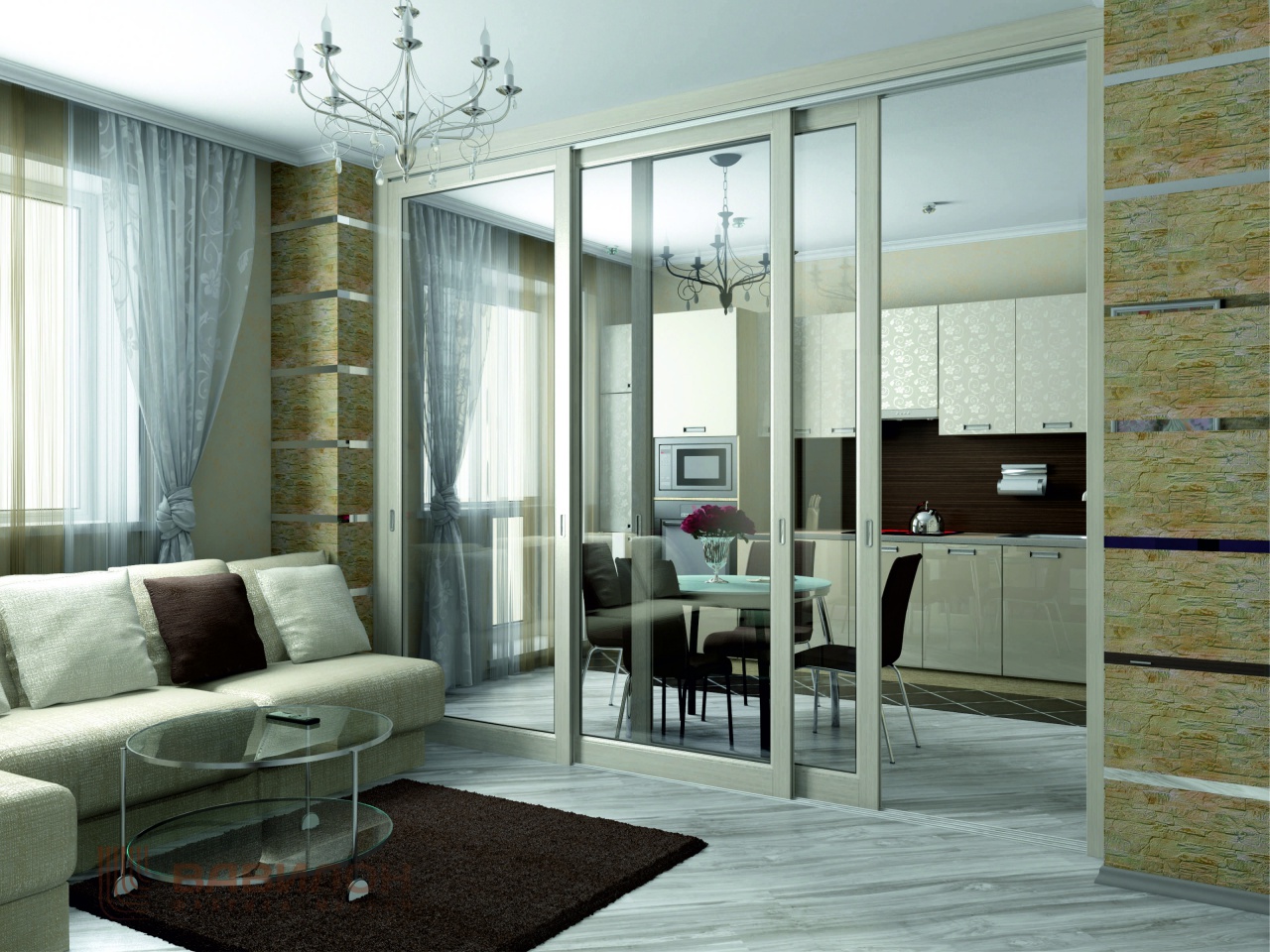
Safety Tips
If you still manage to obtain permission for redevelopment, be sure to take care of safety. There are many ways to help you avoid trouble:
- Technical devices. We are talking about sensors - gas catchers. If there is a leak, they let you know about the problem.
- Change the stove. Give preference to models that are equipped with gas control - a mechanism that shuts off the gas supply if the burner is flooded with liquid.
- Be sure to check the effectiveness of ventilation. Do not block the openings with the hood pipe. First of all, think about your safety and only then about foreign odors. Agree that it would be better if the apartment smelled like fried potatoes than there would be a risk of gas poisoning.
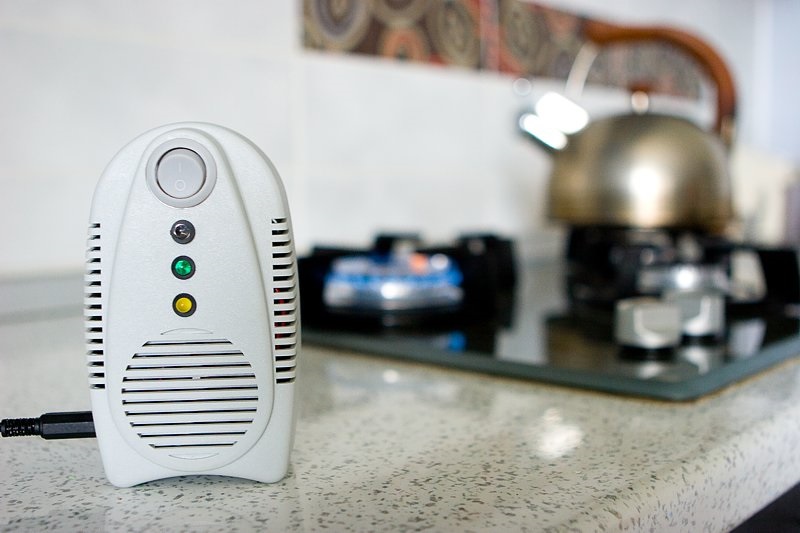
Conclusion
Based on the above, we summarize:
- if the apartment is one-room and you sleep in the living room, then it is better not to remodel, and the door to the kitchen should always be closed tightly;
- when deciding to connect rooms, be sure to think about safety sensors, and replace the stove with a more modern one - with a gas-stop function;
- the kitchen vents should be working, otherwise be sure to correct the problem and adjust;
- If the power of the electrical network allows, switch to an electric stove, having agreed upon this with the energy supply company and gas workers.
